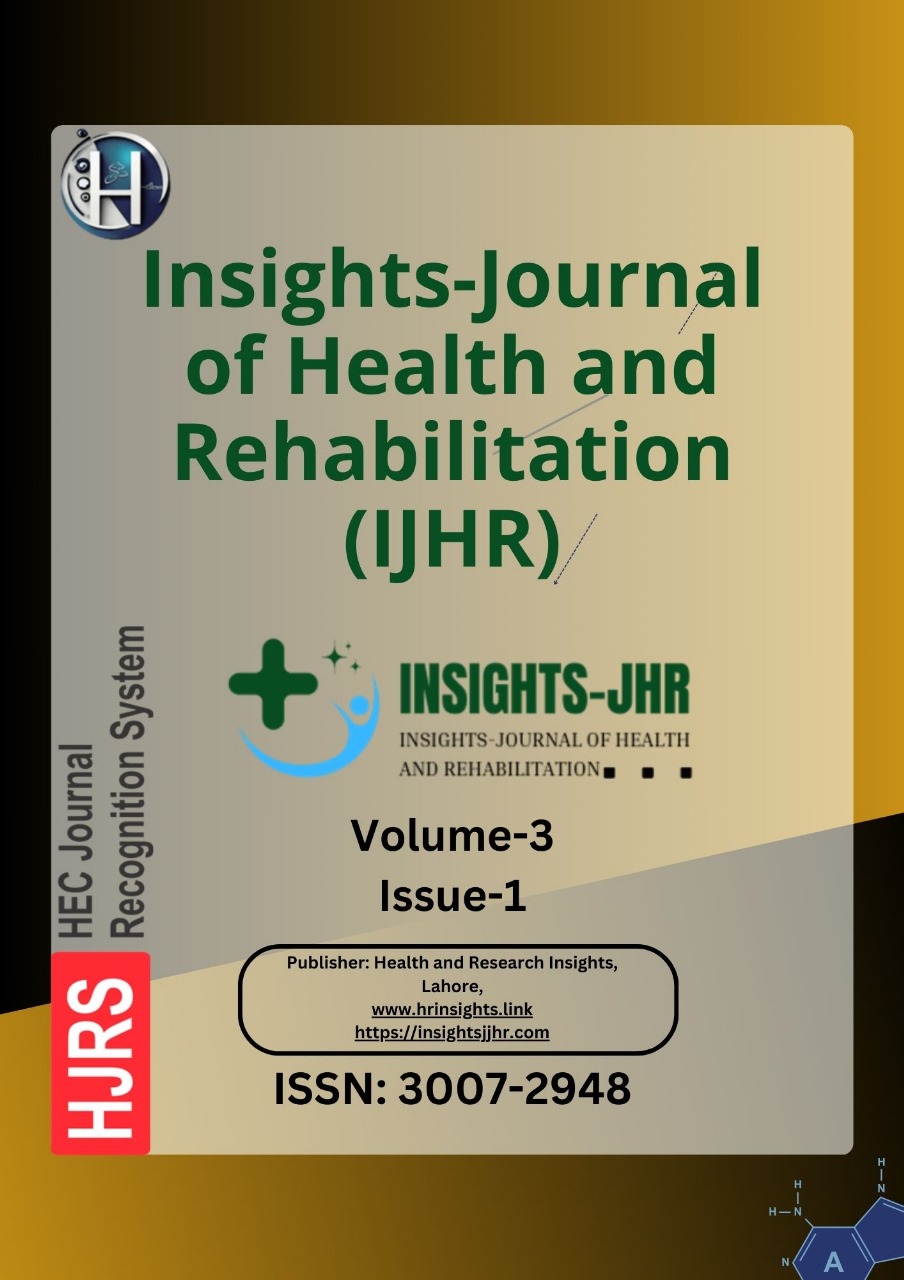ANTIBIOTIC SUSCEPTIBILITY PATTERN OF E. COLI ISOLATED FROM THE URINE SAMPLES OF PATIENTS VISITED CIVIL HOSPITAL MADYAN SWAT
DOI:
https://doi.org/10.71000/pfpf5663Keywords:
Antibiogram, E. coli, drug resistance, imipenem, susceptibility, urinary tract infections, urine samplesAbstract
Background: Antibiotic resistance is a global challenge, particularly in urinary tract infections (UTIs) caused by Escherichia coli (E. coli), which is a leading pathogen in both nosocomial and community-acquired infections. Regular monitoring of antibiotic susceptibility profiles is essential due to the rising prevalence of drug-resistant bacteria. This study focused on evaluating the antibiotic susceptibility pattern of E. coli isolated from urine samples of patients attending Civil Hospital Madyan, Swat, to guide effective empirical therapy.
Objective: To determine the antibiotic susceptibility profile of E. coli isolated from urine samples of UTI patients visiting Civil Hospital Madyan, Swat.
Methods: A cross-sectional study was conducted from December 2022 to July 2023 in the Department of Microbiology, Government Degree College Madyan, Swat. A total of 450 mid-stream urine samples were collected from patients with suspected UTIs. The samples were cultured on MacConkey agar and incubated at 37°C for 24–48 hours under aerobic conditions. Isolated bacterial colonies were identified using gram staining, microscopy, and biochemical tests. Antibiotic susceptibility testing was performed on Mueller-Hinton agar using the Kirby-Bauer disc diffusion method with multiple antibiotic discs. The bacterial isolates were categorized into resistant (R), sensitive (S), or intermediate (I) groups by measuring inhibition zone diameters. Data were statistically analyzed and presented in figures and tables.
Results: Out of 450 urine samples, 125 (27.0%) were culture-positive, with E. coli being the most frequently isolated bacterium (60%). Culture positivity was higher in females (70%) than males (30%). Among hospital areas, samples from the outpatient department (70%) showed the highest culture positivity, followed by wards (25%) and the emergency department (5%). Antibiotic susceptibility testing revealed that E. coli exhibited the highest resistance to ampicillin (97.1%), ceftriaxone (92%), moxifloxacin (88.2%), cefixime (86%), and ceftazidime (80.1%). Conversely, the highest sensitivity was observed to fosfomycin (95.3%), sulzone (85.2%), imipenem (85.0%), and amikacin (78%).
Conclusion: This study confirmed that E. coli is the predominant pathogen causing UTIs and displayed significant resistance to commonly used antibiotics such as ampicillin, ceftriaxone, moxifloxacin, cefixime, and ceftazidime. However, fosfomycin, imipenem, and amikacin were found to be the most effective antibiotics against E. coli. These findings underscore the importance of conducting antibiotic susceptibility testing to guide effective therapy and combat antimicrobial resistance.
Downloads
Published
Issue
Section
License
Copyright (c) 2025 Salim Ullah, Habib Salam, Muhammad Israr Ullah, Imran Khan, Muhammad Azam Khan (Author)

This work is licensed under a Creative Commons Attribution-NonCommercial-NoDerivatives 4.0 International License.







